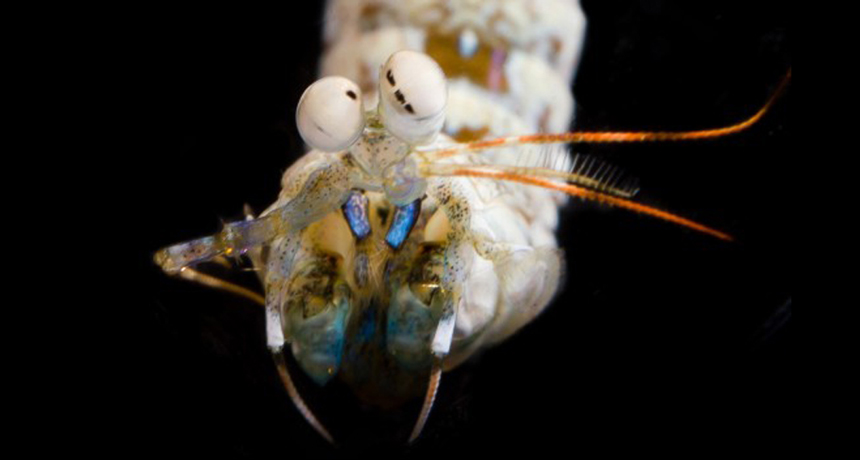
THE EYES HAVE IT The mantis shrimp sees colors in a way that fundamentally differs from other animals’ color vision, a new study suggests.
Courtesy of M. Bok

THE EYES HAVE IT The mantis shrimp sees colors in a way that fundamentally differs from other animals’ color vision, a new study suggests.
Courtesy of M. Bok